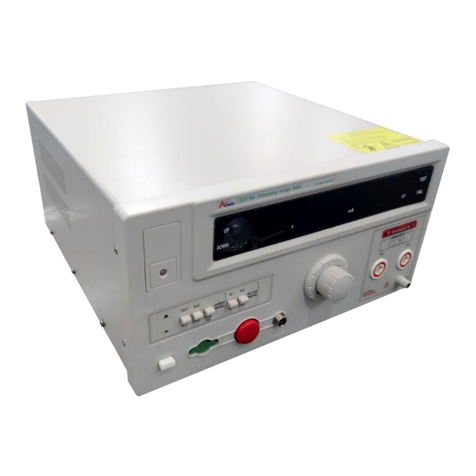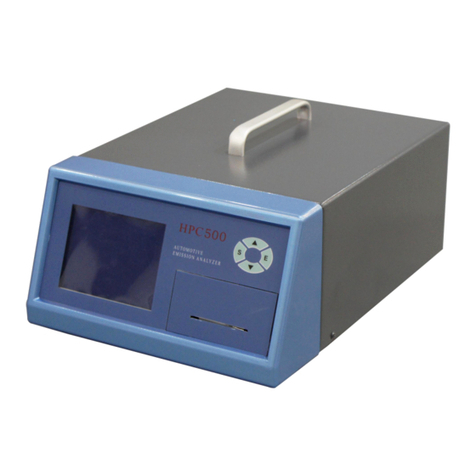Huazheng PHS-2F User manual
Other Huazheng Measuring Instrument manuals

Huazheng
Huazheng HZSF-801 User manual

Huazheng
Huazheng EDEKA TC-200 User manual

Huazheng
Huazheng HZDZ-S3 User manual
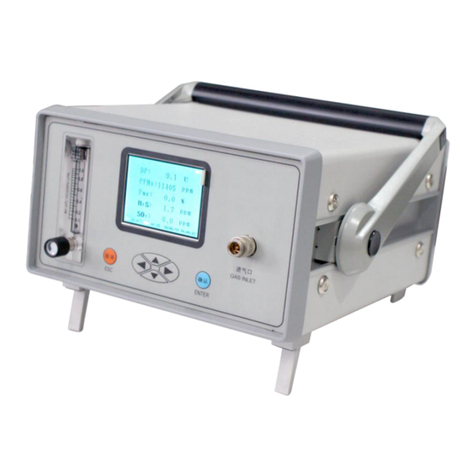
Huazheng
Huazheng HZSF-641 User manual
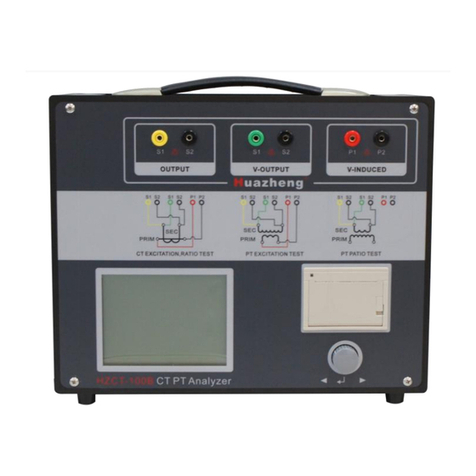
Huazheng
Huazheng HZCT-100B User manual

Huazheng
Huazheng HZX52AA User manual
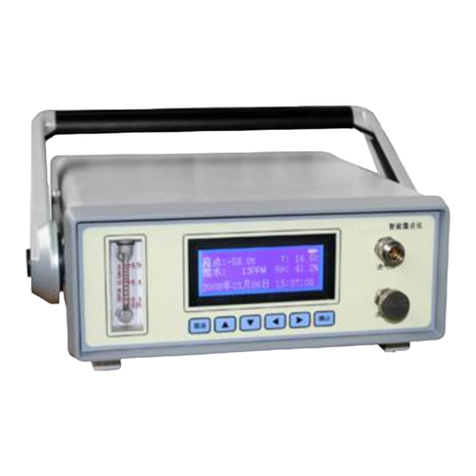
Huazheng
Huazheng HZSM-701 User manual

Huazheng
Huazheng HZ1434 User manual

Huazheng
Huazheng HZ2831 User manual

Huazheng
Huazheng HZ-8700 User manual
Popular Measuring Instrument manuals by other brands

Powerfix Profi
Powerfix Profi 278296 Operation and safety notes

Test Equipment Depot
Test Equipment Depot GVT-427B user manual

Fieldpiece
Fieldpiece ACH Operator's manual

FLYSURFER
FLYSURFER VIRON3 user manual

GMW
GMW TG uni 1 operating manual

Downeaster
Downeaster Wind & Weather Medallion Series instruction manual

Hanna Instruments
Hanna Instruments HI96725C instruction manual

Nokeval
Nokeval KMR260 quick guide

HOKUYO AUTOMATIC
HOKUYO AUTOMATIC UBG-05LN instruction manual

Fluke
Fluke 96000 Series Operator's manual

Test Products International
Test Products International SP565 user manual

General Sleep
General Sleep Zmachine Insight+ DT-200 Service manual

